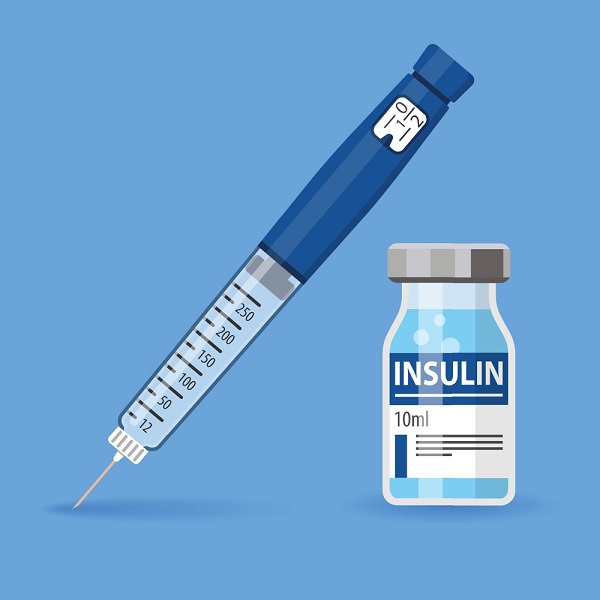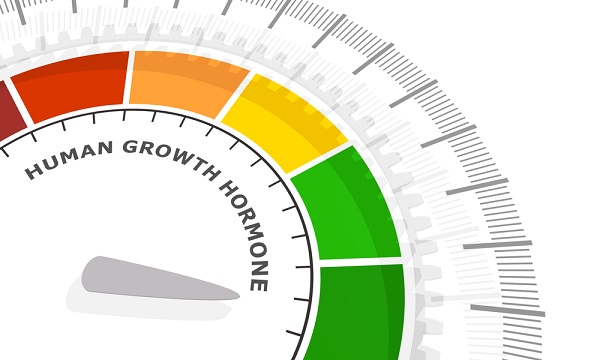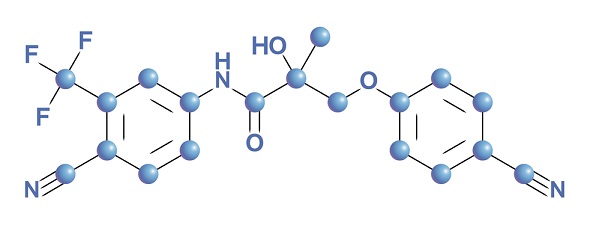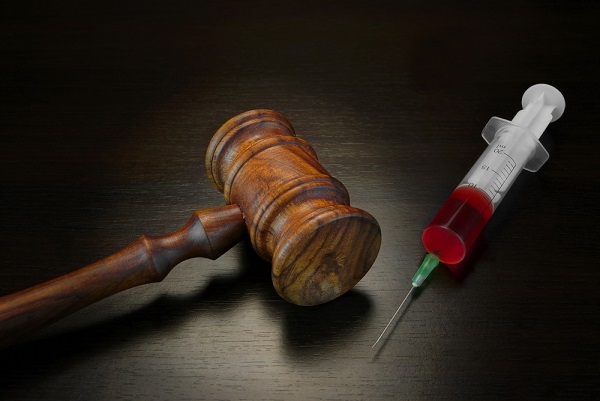What Does insulin do?
Anabolic hormone insulin causes metabolic changes all over the body. Beta cells are found in the islets of Langerhans, an exocrine tissue of the pancreas. The process of making insulin is carried out by beta cells. The amount of amino acids, ketone acids, fatty acids, and glucose present in the bloodstream are all tracked by beta cells, who then adjust the amount of insulin produced accordingly. Insulin’s overall function is to regulate how much energy is stored and used throughout eating and fasting stages. (1)
The main biological role of insulin is to promote the intracellular utilization and storage of amino acids, glucose, and fatty acids, while simultaneously inhibiting the breakdown of glycogen, protein, and fat. People with diabetes, a metabolic disorder, high blood sugar take this medication.
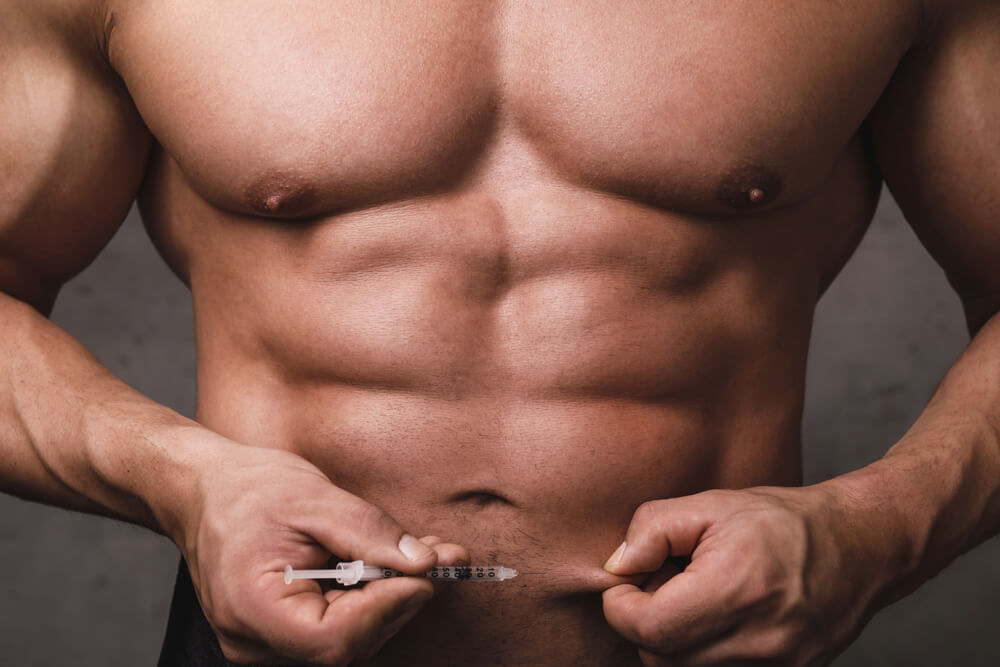
insulin in bodybuilding
Because insulin can also encourage nutrition storage in fat cells, using it to improve performance and body composition might be a bit complicated. However, the user can at least partially control this insulin activity.
A disciplined program of rigorous weight training and a diet low in excess calories and fats can help athletes to help insulin display a much higher affinity for protein and glucose storage in muscle cells as compared to fatty acid accumulation in adipose cells. This is particularly true in the post-exercise enhanced-absorptive state, in which skeletal muscle Its sensitivity has been demonstrated to considerably increase over baseline (resting) levels.
The hormone is also capable of causing quick and obvious muscular increases when utilized during the post-training timeframe. Very quickly after starting insulin therapy, the muscles frequently start to seem larger (and occasionally even more defined), and the overall effects of the medication are frequently described as remarkable.
Since insulin use cannot be detected by urine, many professional athletes and bodybuilders include it in their pharmacological regimens. Although there has been significant improvement in drug detection, particularly with analogues, ordinary insulin is still regarded as a “safe” medicine at this time. Together, insulin and other “contest safe” prescriptions like human growth hormone, thyroid treatments, and low dose testosterone injections can have a significant impact on a user’s physique and performance without having to worry about a positive urine result.
What Is Insulin Resistance
Insulin resistance is when cells in your muscles, fat, and liver don’t respond to insulin well and can’t utilize glucose from your blood for energy, Your pancreas produces more insulin to make up for the loss and your blood sugar levels increase over time.
High level of fat in the blood can cause this as well. Eating too many calories and having too much body fat are the main causes of increased free fatty acids. Visceral fat, the harmful abdominal fat that builds up around your organs, can cause a large number of free fatty acids to enter your blood.
Symptoms Of Insulin Resistance
- extreme thirst or hunger.
- feeling hungry even after a meal.
- increased or frequent urination.
- tingling sensations in hands or feet.
- feeling more tired than usual.
- frequent infections.
- evidence of high blood sugar levels in blood work.
How to reduce insulin resistance
Based of studies, the common way to reduce this condition is by:
- Exercise.
- Lose belly fat
- Reduce sugar intake
- Eat well
- Omega-3 fatty acids
- Supplements
- Sleep
- Reduce stress
- Donate blood
- Intermittent fasting
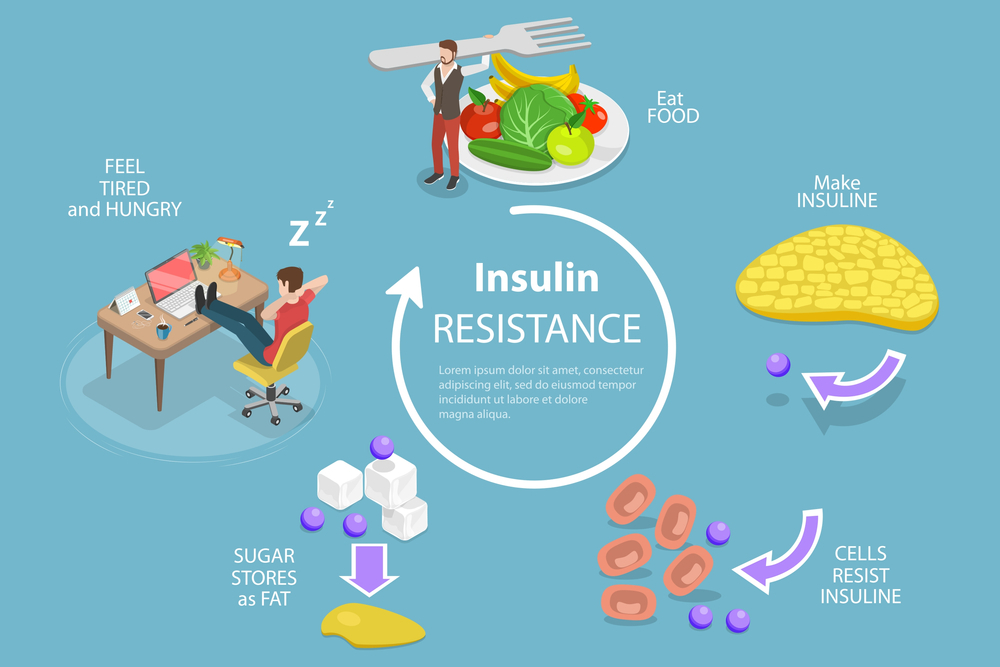
Types of insulin
1. short-acting Insulin
Humalog is a short-acting. On a unit-to-unit basis, it is regarded as equivalent to conventional soluble insulin, despite having faster activity. Following subcutaneous administration, the medicine starts to work within 15 minutes, and its greatest effect is felt anywhere between 30 and 90 minutes later. Its overall action time ranges from three to five hours. In order to imitate the body’s natural insulin response, humalog is typically a support to a longer acting insulin product. It is a fast-acting drug that is suitable before or just after meals.
Another short-acting type is Novolog. Following subcutaneous administration, the medicine starts to work within 15 minutes, and its greatest effect happens between 1 and 3 hours later. Its overall action time ranges from three to five hours. In order to imitate the body’s natural insulin response, insulin lispro is typically a support to a longer acting insulin product. It is a fast-acting drug that is suitable before or just after meals.
Since the majority of its activity concentrates in the post-training window of accelerated nutrient absorption, many athletes believe that its brief window of effect makes it an ideal insulin prescription for bodybuilding purposes.
Dosage:
Insulin dosages can vary slightly among athletes, and are often dependent upon factors like body weight, insulin sensitivity, activity level, diet, and the use of other drugs. Most users choose to administer insulin immediately after a workout.
Among bodybuilders, dosages are usually in the range of 1 IU per 15-20 pounds of lean bodyweight.
2. Intermediate- and Long-acting Insulin
Humulin is an intermediate acting, a crystalline suspension of insulin with protamine and zinc to delay its release and extend its action. Following subcutaneous delivery, the medicine starts to work about one to two hours later, and its peak effect happens between four and one hour later. Its overall period of operation is longer than 14 hours.
Lantus is a long-acting type. The medicine does not have a substantial peak since it has a fairly consistent release pattern over the period of activity, which begins about 1-2 hours after subcutaneous delivery. Following subcutaneous injection, lantus remains in the body for 20–24 hours.
Side Effects:
Hypoglycemia is the primary danger. This is a dangerous condition that occurs when blood glucose levels fall too low. The following is a list of symptoms that may indicate mild to moderate hypoglycemia:
- Hunger,
- Drowsiness
- Blurred vision
- Depressive mood
- Dizziness
- Sweating
- Restlessness
- Tingling in the hands, feet, lips, or tongue
- Headache
- Sleep disturbances
Intermediate and long acting are not suitable for bodybuilding purposes due to their longer acting nature, which makes them poorly suited for concentrating the nutrient partitioning effect of insulin during the short post-workout enhanced nutrient uptake.
Related Articles:
- SARMs Benefits & Side Effects
- Effects Of Low GI Foods On Insulin Level
- HGH Benefits & Side Effects
- Anabolic Effects On Muscle Growth
- HCG Use In Bodybuilding
- 7 Types Of Testosterone For Muscle Mass
- Steroid Cycles – Do’s & Don’ts
- Muscle Gain Meal Plan
- Diet Plan To Get Ripped
- Top Cutting Steroid Cycles
- Top Bulking Steroid Cycles

